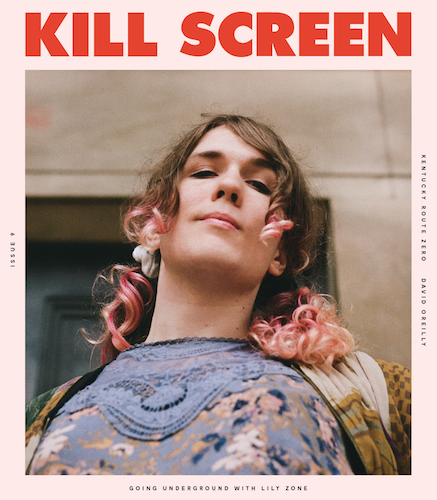
The Overwatch Winter Premiere is underway, and so far the meta looks untouched from where we left it before the holidays. In particular, the triple tank composition is still alive and well—the early play from the tournament so far has seen a whole lot of Roadhogs, D.Vas and Reinhardts piling onto payloads and points.
Running tanks in place of extra DPS characters has been a common strategy for months now. In the brief history of Overwatch, tanks have never been in a stronger place—that’s partially due to their own state of balance, but it’s also thanks to support sniper grandma Ana. While tanks aren’t inherently easier to play, they rely much more on decision-making than mechanical skill. Their weapons have big spreads, but they rely on being close to the opponent to get much done. This is a problem when DPS characters can wither you down from a range while you lumber towards them. But Ana, who excels at keeping high-health characters up and running thanks to her powerful single target healing, makes closing that gap a lot easier.
Up close, especially backed by Ana’s ultimate Nano Boost, a team composed mostly of tanks have all the damage they could want, and they don’t have to sacrifice their own survivability by running more than one dedicated DPS character. But Blizzard doesn’t like a solid half of their characters not seeing regular competitive play, and they’re trying to nudge the meta in a new direction.

The Overwatch developer put the first nail in the coffin of the tank-focused strategy back when they nerfed Ana’s ultimate. Previously, Nano Boost increased the damage, resistances and movement speed of whichever hero Ana hit with her pep dart; the traditional target was Reinhardt, who, like a teen slasher villain, became faster, stronger and significantly less killable than the enemy team. In November, Blizzard addressed this with a simple fix: the Nano Boost would no longer increase a character’s speed, just their damage and resistances.
While this may seem like a small change, it meant that tanks hit with the ultimate—particularly everyone’s favorite giant, screaming German—had a much harder time actually catching their targets. Characters with built in mobility like Genji, or with the capability to deal high damage at range, like McCree and Soldier 76, suddenly became much more appealing targets for the ultimate.
But the triple tank meta held strong. Reinhardt’s shield is so valuable that without major changes, he’ll probably never fall out of favor. Likewise, the changes to D.Va in the fall left her at the strongest point she’s ever enjoyed as a character, and Roadhog’s potential for picking off members of the enemy team with a sick hook kept him viable.
The latest patch on the Public Test Realm, though, contains nerfs for D.Va, Roadhog and—perhaps most importantly—Ana. If those changes make it into the actual game, we’d most likely be looking at a serious change in the dominant Overwatch meta.

In D.Va’s case, 200 points of her armor is turning back into regular health. This is a big deal, because in Overwatch, armor reduces the damage characters take by half, up to a maximum of five points of reduced damage per “hit.” This means that weapons normally good at killing tanks, like Reaper’s shotguns, are actually much less effective against armor, because each pellet gets its damage halved. At 400 armor pre-nerf, with 200 points of health sitting behind that, D.Va had almost no strong counters. Now, a smaller percentage of her health bar is taken up by armor, meaning it will be easier to get through that hard shell.
Blizzard hesitates to call the changes to Roadhog’s hook a nerf, because for lower-level players, it will probably make life a lot easier. Instead of pulling towards Roadhog in a straight line, the hook will now pull directly in front of Roadhog, making his combo (pull victim, then add buckshot to face) easier to land. On the other hand, breaking line of sight will now cause the hook to detach, making plays like this impossible. In fact, there are a lot more ways to break the hook now, including dashing or falling shortly before it lands. While this might not make a huge difference outside of professional play, it’s absolutely something that the most skilled players will be able to take advantage of.
Finally, Ana herself is receiving yet another nerf. The bonus healing granted to targets recently hit by her biotic grenade has been reduced to 50%, as opposed to 100%. Blizzard even called out the strength this was providing the triple tank composition in their patch notes, saying that “The healing boost from Ana’s Biotic Grenade was providing too much healing, especially when used on targets with large health pools.”
With nerfs to every component of the strategy save the evergreen Reinhardt, this could be the end of the triple tank meta as we know it. What will replace it, however, remains to be seen.










